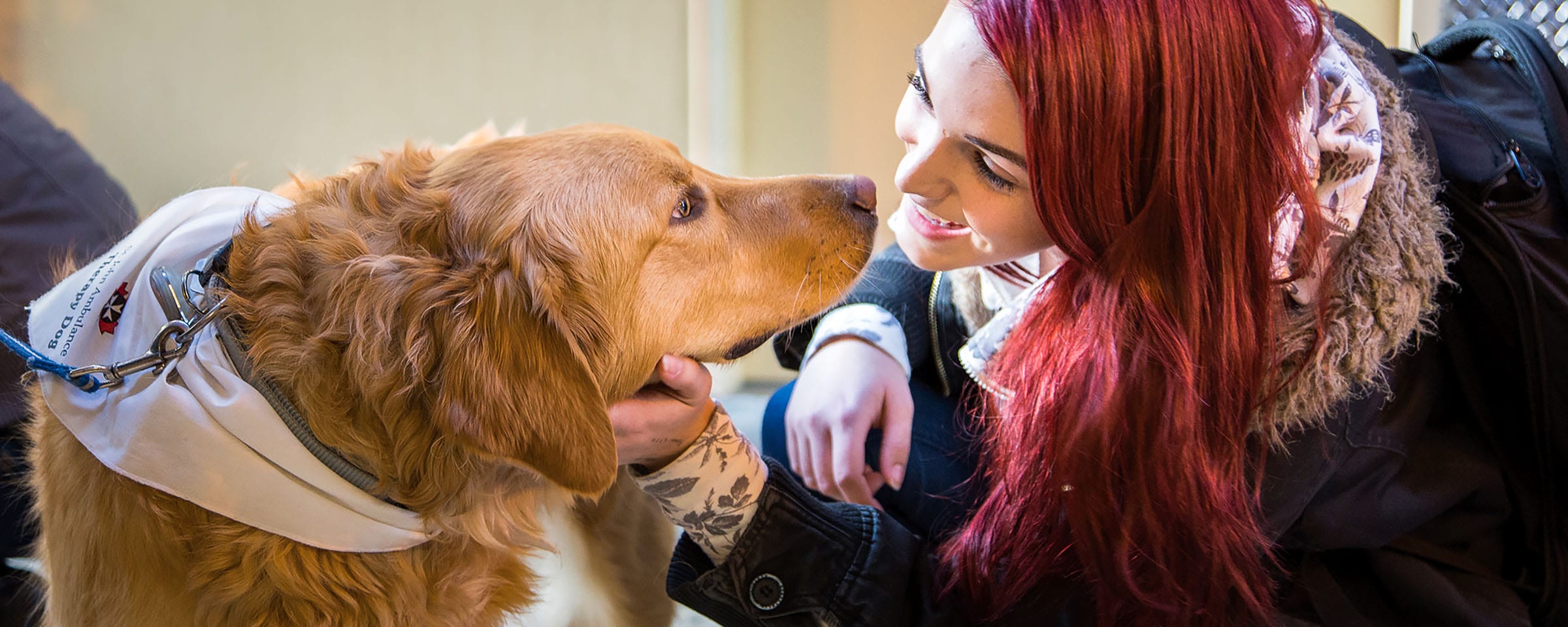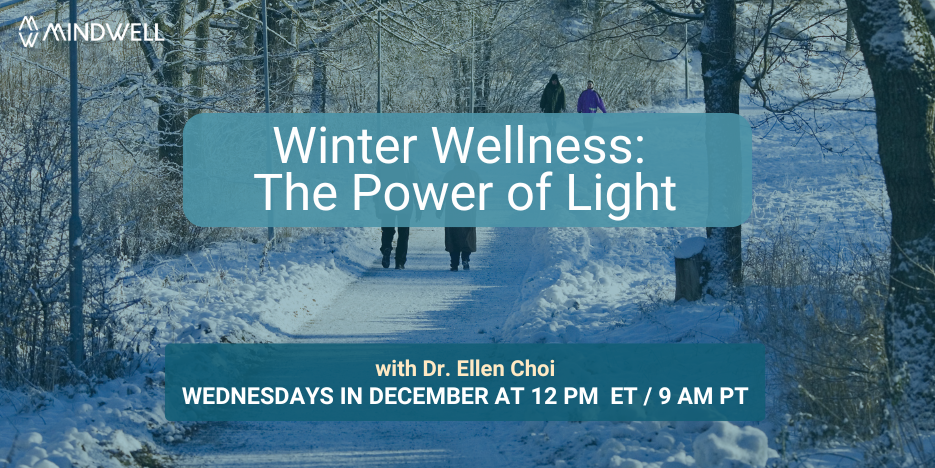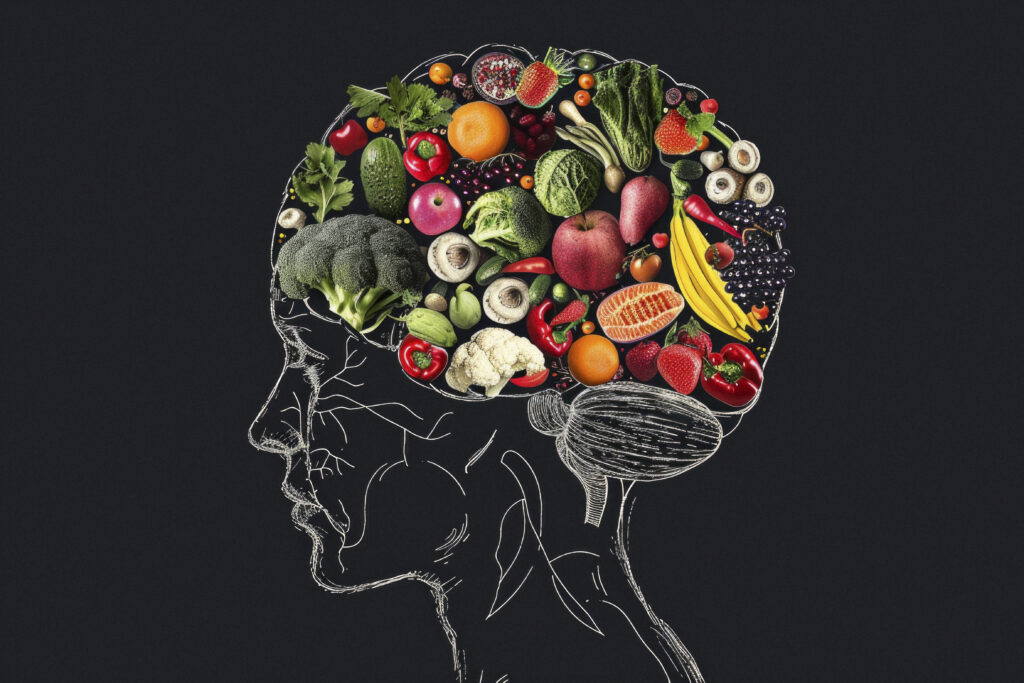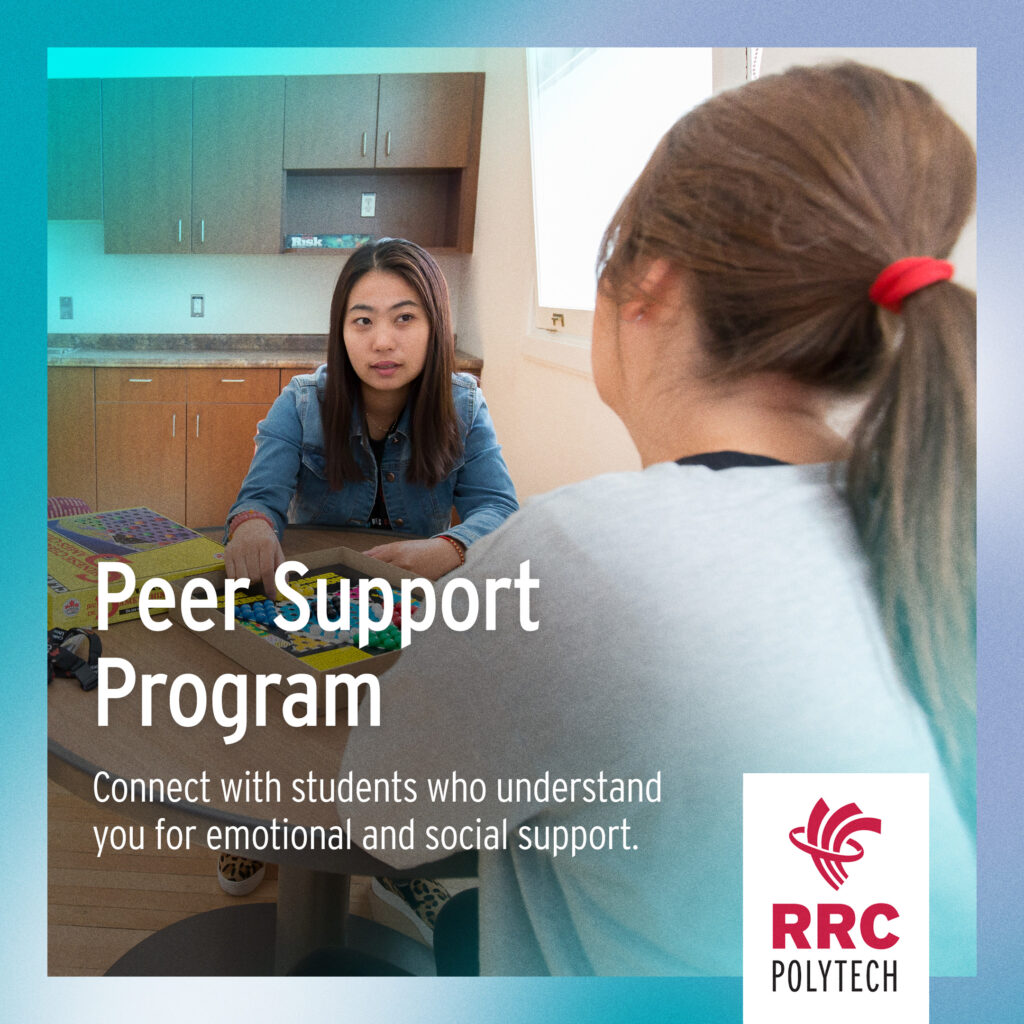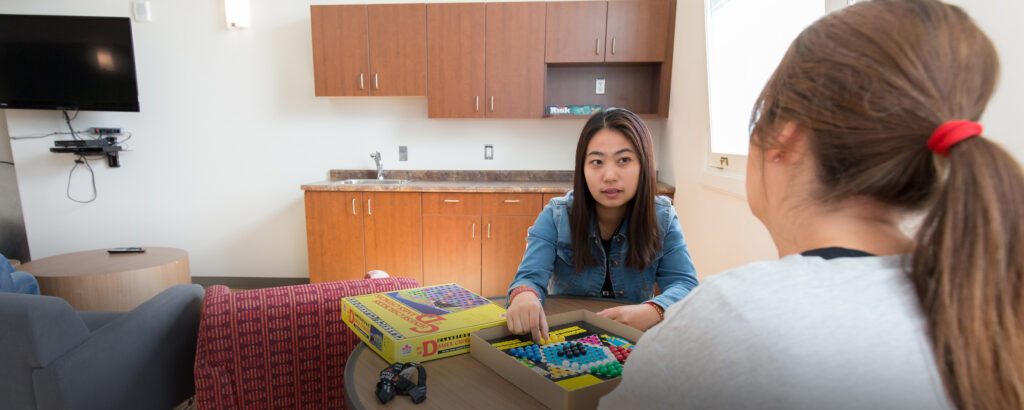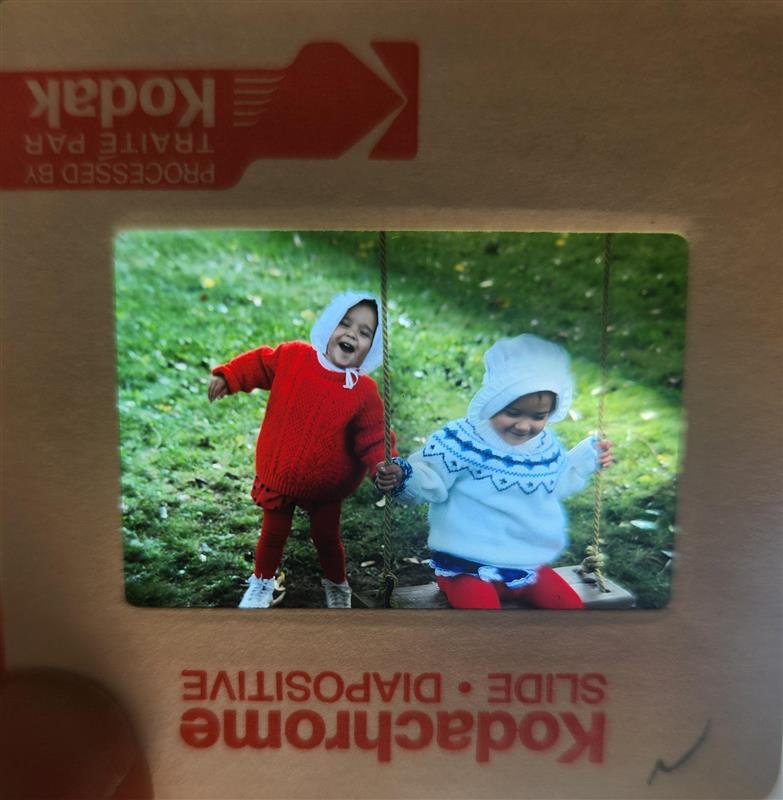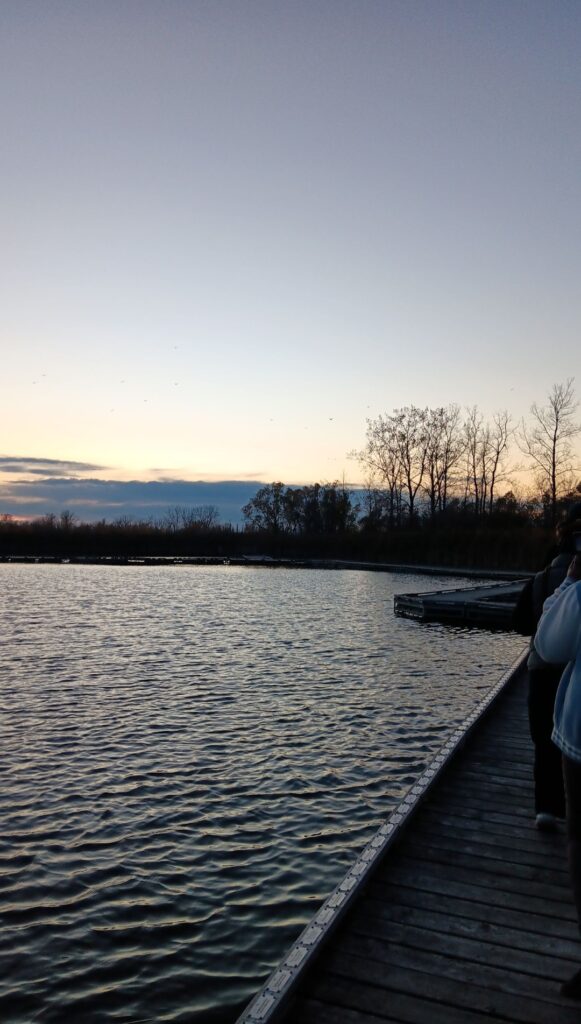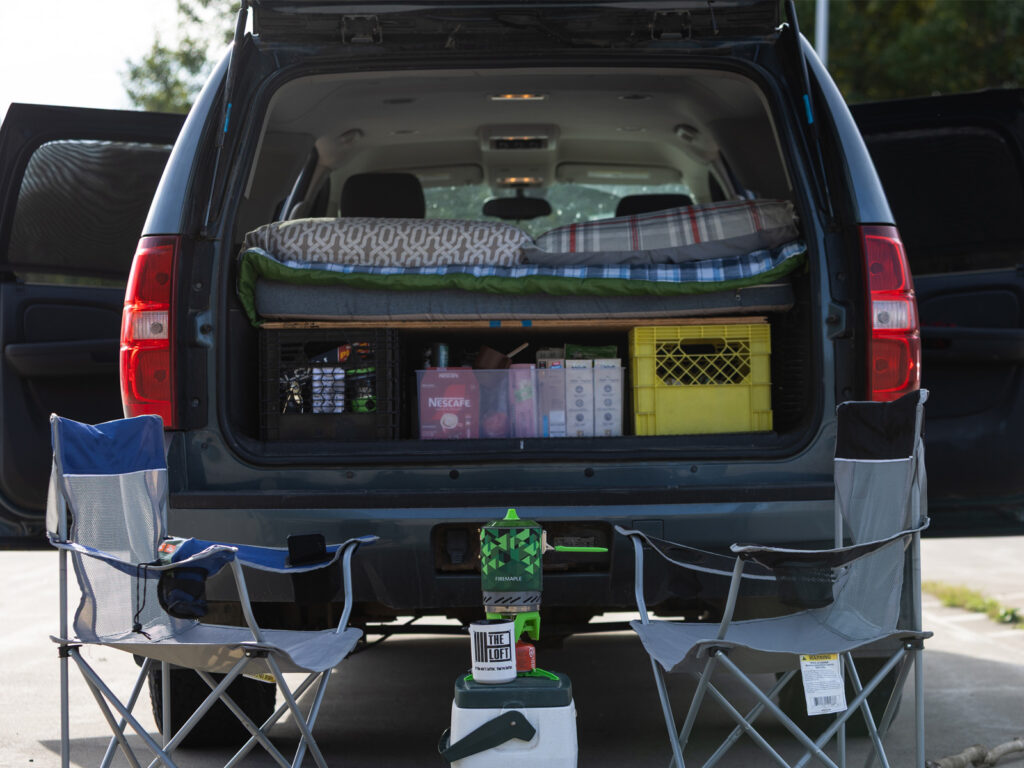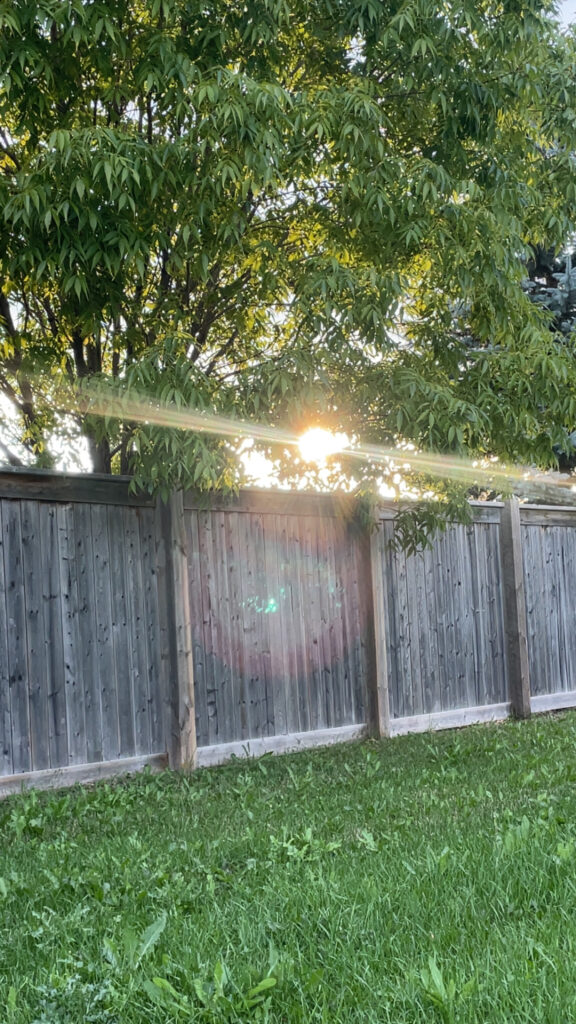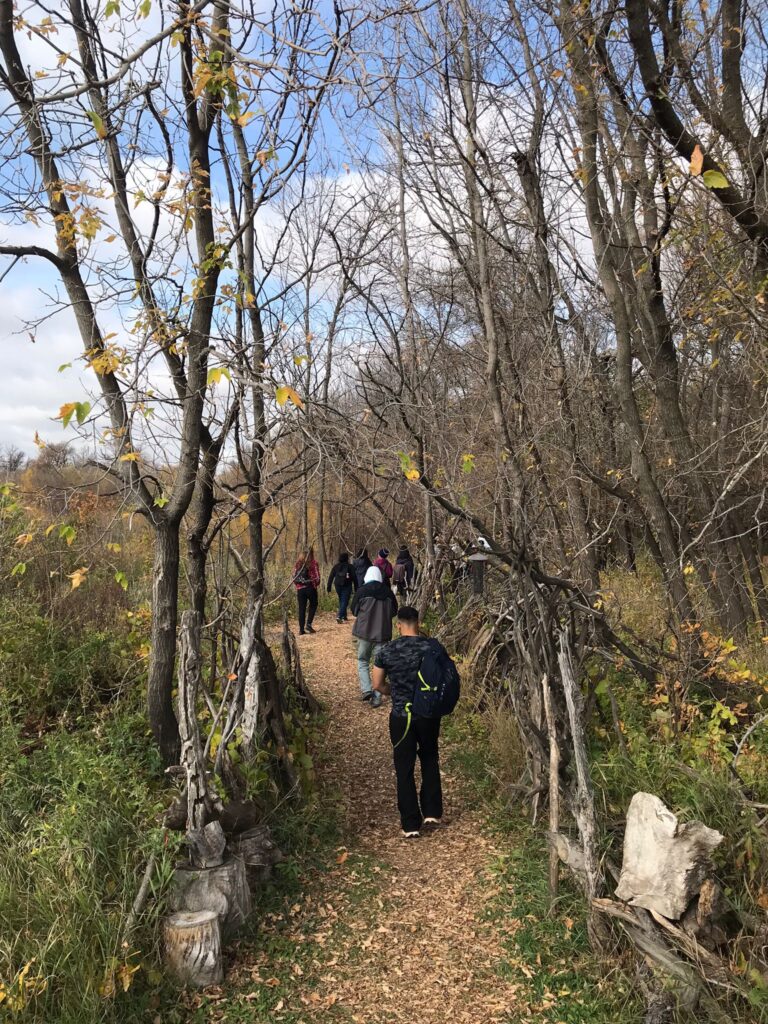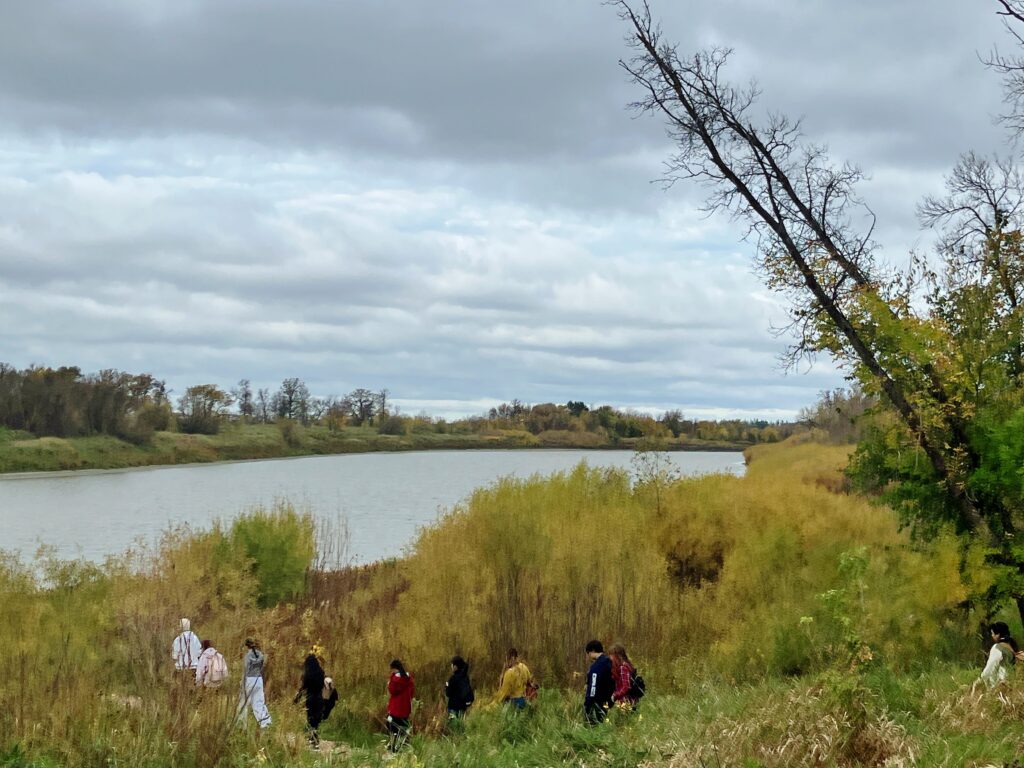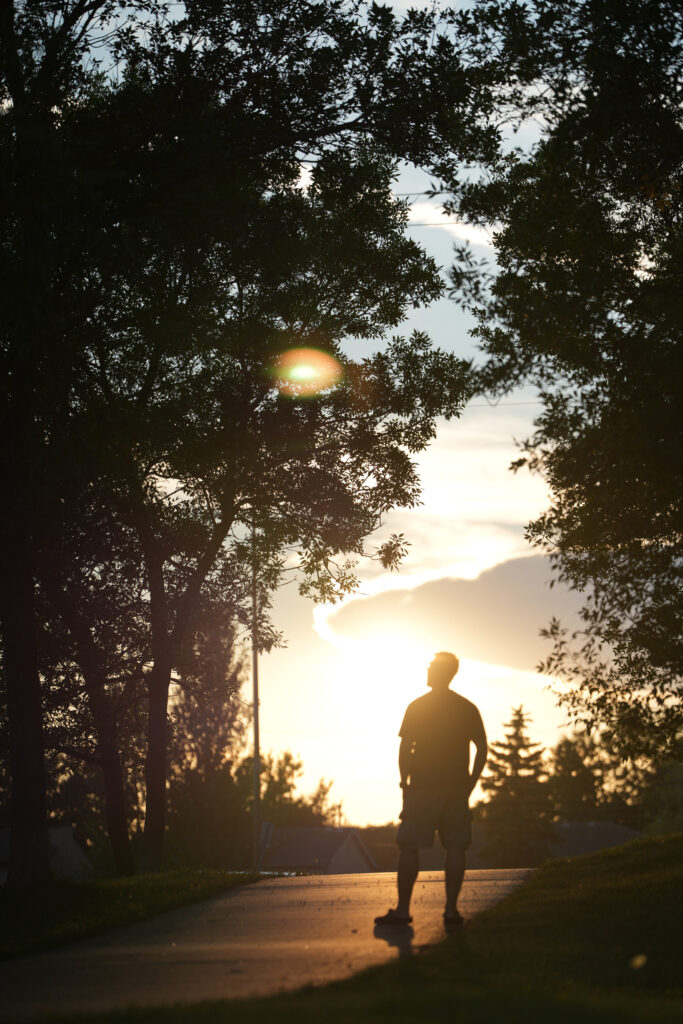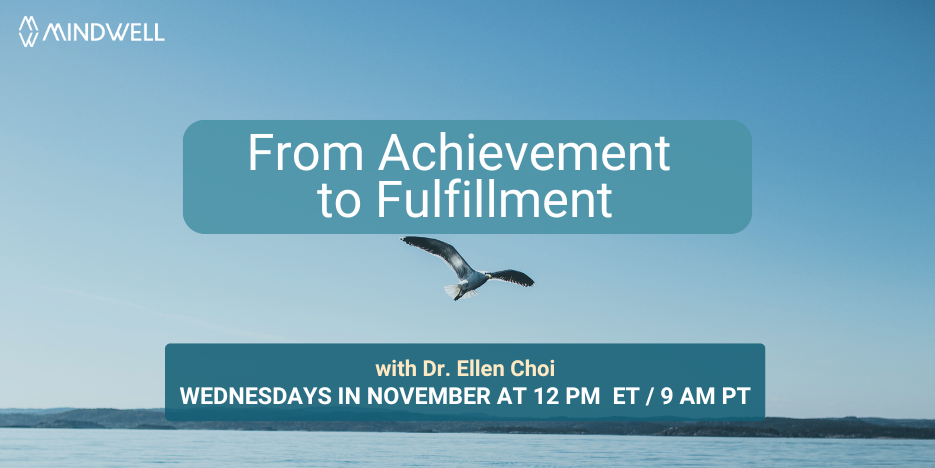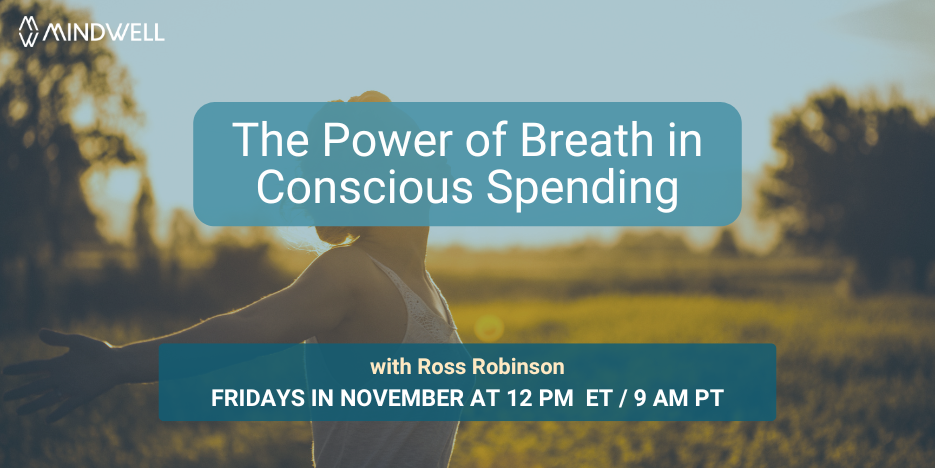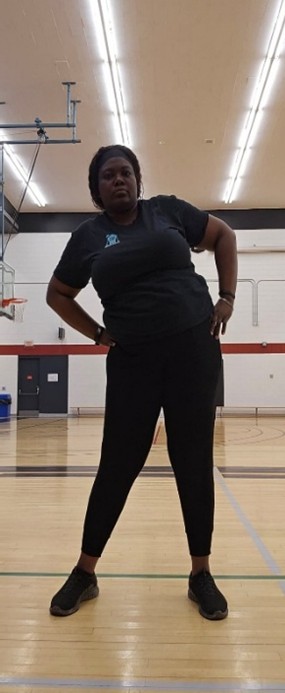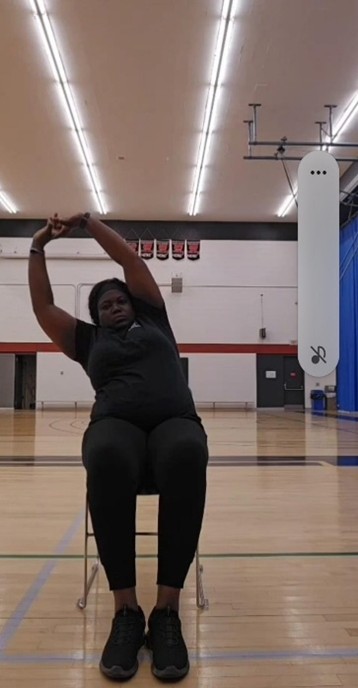Tiny Fixes to Lift You Up
Life moves fast. Many of us juggle school, work, relationships, and self-care while running on empty. In her energizing podcast episode Tiny Fixes for a Tired Life, Mel Robbins shares seven simple, science-backed habits that can quickly recharge our mind, body and spirit. The tools Mel describes are small, consistent shifts in our daily routines. Here’s how we can create momentum, one powerful habit at a time.

Replay the Good Stuff
Scrolling through our smartphone’s pictures of loved ones, memories and happy activities ignites a spark of happiness when we feel stressed. This activity also makes us realize we have a community around us. This tiny action inspires nostalgia, pumps up our endorphins and lowers our stress hormones.
Create a Club Night Kitchen

Every time you enter the kitchen to prepare a meal, feed a pet, set the table, pack lunch or wash the dishes, turn on a feel-good playlist. Adding energetic music that encourages dancing and singing, swaying and vibing, snaps us into the present moment and fills us with joy.
Learn People’s First Names

Try to learn people’s first names and use their names whenever interacting with them. This small task sends the message that the person matters and we notice them. By noticing others, we switch out of our own possible weariness to focus on someone else.
Show Up
Reach out to console, listen to or support a friend or family member, even when you yourself may not be at your best. This simple act is about love for another person. Showing up to offer connection and support through our own troubled times, shifts our energy as well.
Cheer People’s Wins

Celebrate other people’s good news. Instead of seeing their wins as our losses or getting caught in comparison, we can feel pride, shared success and happiness when other people do well.
Be An Eight-Minute Friend
In our hectic, task-filled lives, we often feel more time will clear up in the future so that we can catch up with our friends. Sadly that may not happen. Instead, this tiny habit comes encourages us to use the time between appointments or errands to quickly check in on a friend. We seize the in-between moments, letting our friends and family know we care about them now.
Go on an Awe Walk

Take three minutes outside to find something that makes you feel an “awwww” moment. The dancing of popular tree leaves, a building with beautiful architecture, a tree that stands the test of time, a mural or bird. Open your mind to the world around and feel that sense of awe.
May we practice some of these tiny habits to reconnect with ourselves, our environment and the people we love. Small actions like cheering someone’s win, dancing in the kitchen or noticing a tree’s quiet beauty anchor us in the present and remind us of what matters. By choosing even one tiny fix, we reclaim energy, spread kindness, and grow resilience. Let these moments build and watch your tired-feeling life transform into one filled with meaning, joy and connection.
